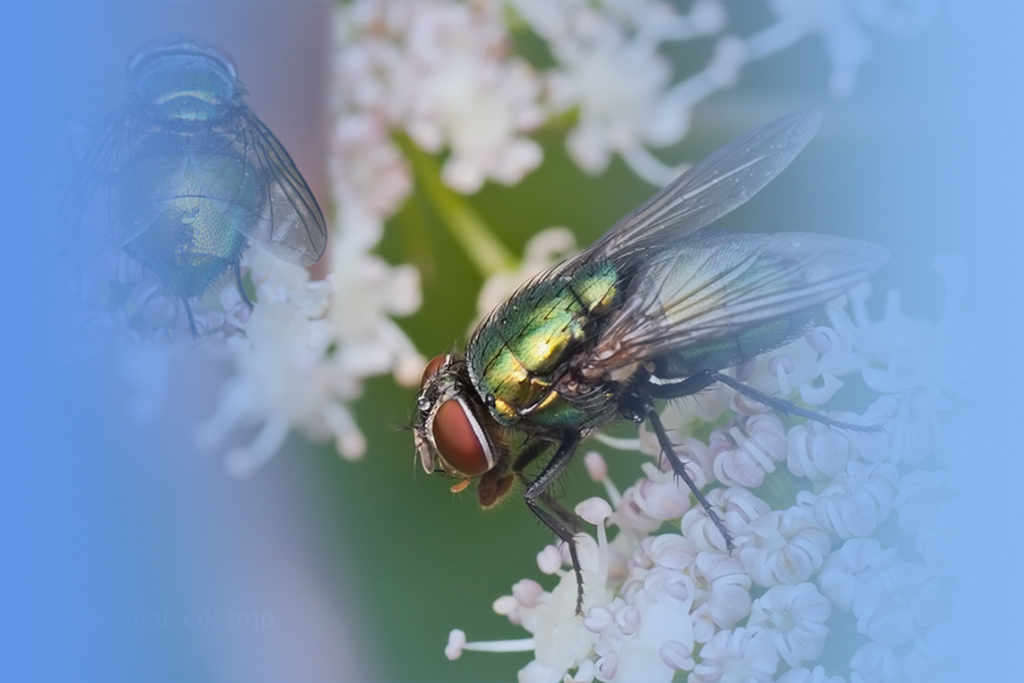LIU Yang, LIANG Zhuo-nan, JIA Feng-long, ZHANG Shao-hua
Chines Journal of Vector Biology and Control. 2013, 24(3): 262-264.
Objective To investigate the insecticide resistance of Musca domestica in recent years and the resistance of Chrysomya megacephala to several common insecticides in Shenzhen, China, and to provide a scientific basis for the control of flies. Methods M. domestica and C. megacephala were collected in the urban area of Shenzhen and raised in the laboratory for 1-2 generations. Topical application was used to determine the median lethal doses (LD50) (μg/insect) of deltamethrin, beta-cypermethrin, permethrin, tetramethrin, DDVP, and fenobucarb for M. domestica and C. megacephala. Results For M. domestica, the LD50 of deltamethrin, permethrin, tetramethrin, DDVP, and fenobucarb were 0.024 819, 0.092 076, 0.649 075, 0.065 610, and 5.008 337 μg/insect, respectively, increased by 8.27, 7.25, 3.45, 0.11, and 0.54 times compared with the resistance monitoring data in 1998. For C. megacephala, the LD50 of deltamethrin, beta-cypermethrin, permethrin, tetramethrin, DDVP, and fenobucarb were 0.271 852, 0.318 642, 0.174 697, 0.657 885, 0.086 490, and 1.743 459 μg/insect, respectively. Conclusion The resistance of M. domestica to deltamethrin, permethrin, and tetramethrin increases slowly, while its resistance to DDVP and fenobucarb exhibits a declining trend. The results of resistance test for C. megacephala are different from those for M. domestica, and it is necessary to improve experimental methods and establish the standard for resistance levels.



